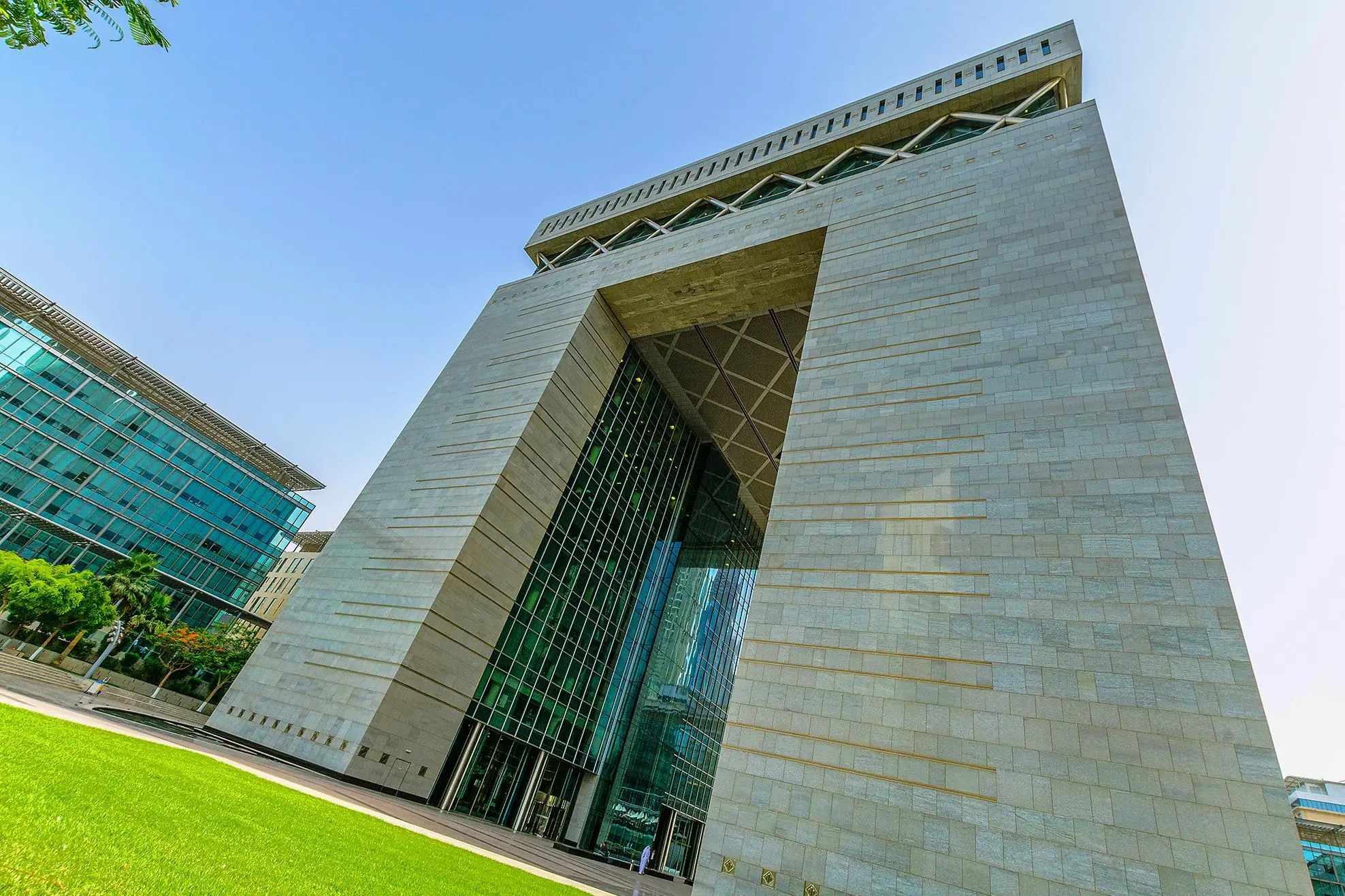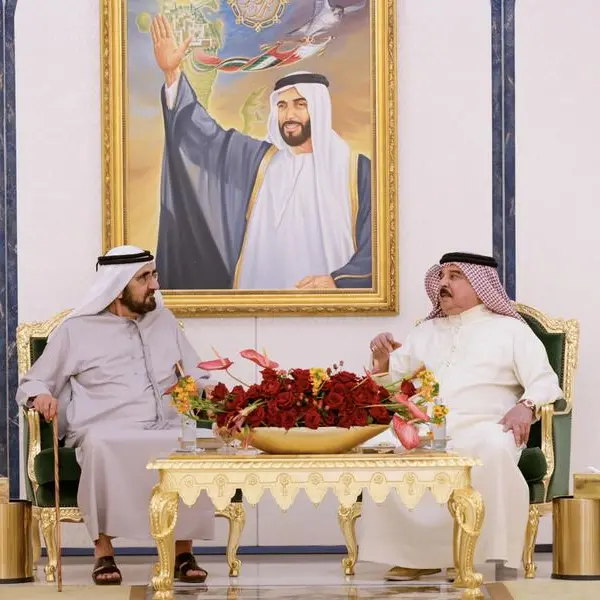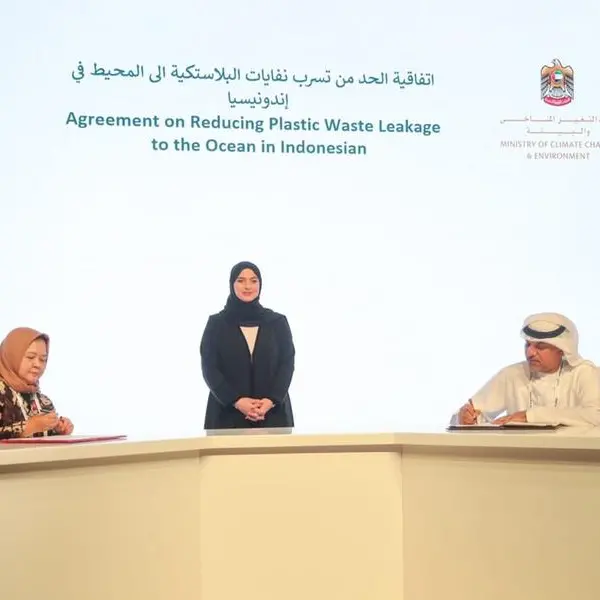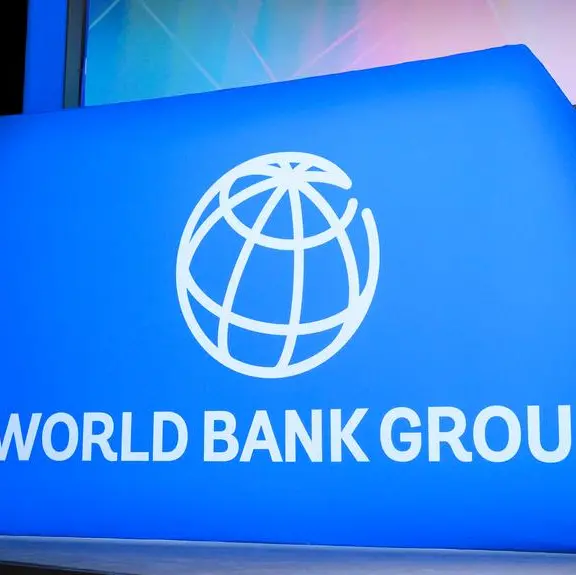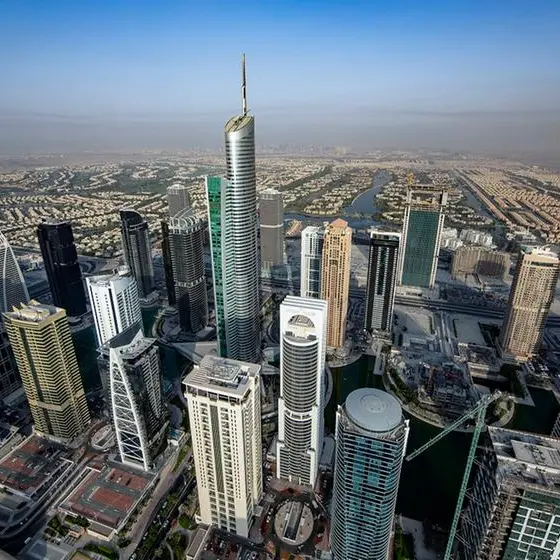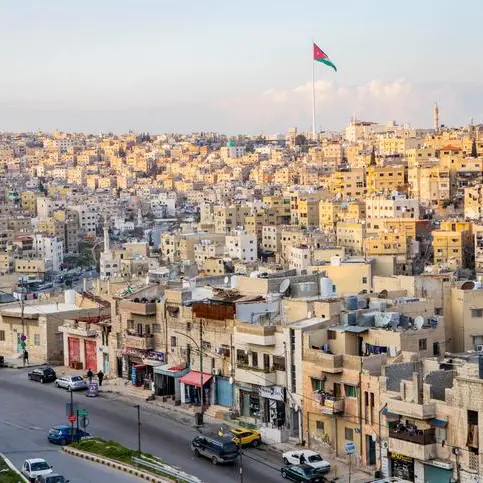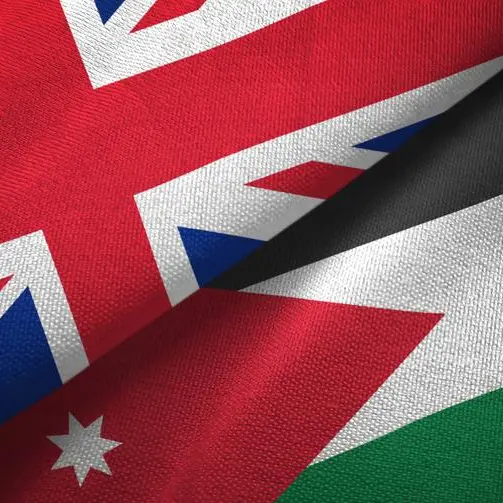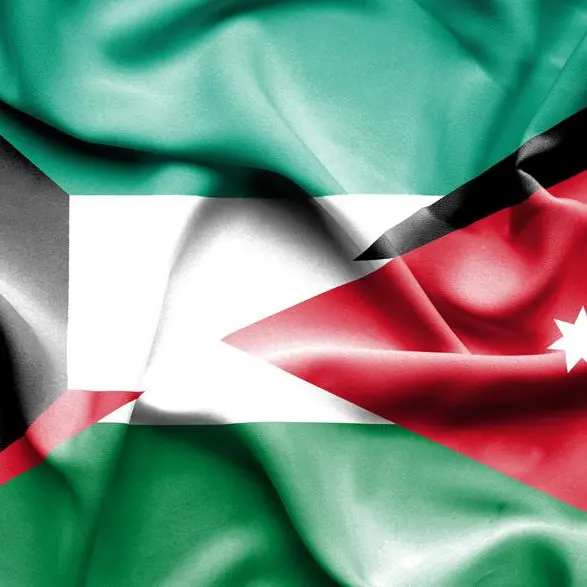PHOTO
Ratings agency S&P Global held a briefing event for reporters in Dubai on Tuesday as part of a series of events marking its 10th anniversary in the Middle East at which analysts covering sovereign, financial, corporate and real estate entities gave their view on the outlook for the prospects for Gulf Cooperation Council (GCC) countries, and the wider emerging market sphere.
Here are Zawya's top five takeaways from the event.
1. Economic reforms - visions still some way from reality
Although each of the governments in the GCC have their own 'vision', or future strategy document, setting out the path to economic diversification leading away from oil revenues, these are generally not a factor in the ratings agency's assessment of how local economies are faring.
“To a significant extent, these are still oil economies,” Trevor Cullinan, a director in S&P Global's sovereign ratings division, said. “The oil price is the key driver.”
He acknowledged that while diversifiction efforts are still ongoing, “we think these could take generations, potentially, or at least decades, to come to any fruition”.
“So we haven't got any uptick in growth factored into our overall story for the GCC economies in terms of diversification. We think there are some very ambitious projects out there, but we're in a 'wait and see' mode,” Cullinan said.
He also indicated that in some cases, the competitive advantages of each location were not clear, and said that a number of countries were focusing on the same target markets in terms of looking to be a financial hub, targeting tourism or logistics.
“They're all kind-of going for the same areas and it's not clear that you need more than one financial hub, for example in this region.”
Since the oil price shock of late 2014, S&P Global has marked down the sovereign debt profits of four out of the six GCC countries, with Oman's rating declining by six notches, Bahrain by five, Saudi Arabia by three and Qatar by one - although the latter's downgrade was more linked to the vulnerability of its short-term debt funding profile and was made ahead of the boycott of Qatar by a quartet of neighbouring states in June 2017, who accused the country of financing terrorism - a charge that Qatar denies.
Currently, S&P's outlook on all 13 of the sovereign entities it rates across the MENA region is stable, except for Morocco, which has a negative outlook due to “potential fiscal slippage”, Cullinan said.
S&P Global said in a note published last month that it expects GDP growth for the region as a whole to "remain broadly stable at 2.8 percent this year, up slightly from 2.6 percent last year. Oil importers such as Egypt and Morocco are expected to grow more quickly than the oil exporters from the GCC, it said. (Read more here).
2. Strong and stable - GCC banks in good health
The outlook for 90 percent of the banks rated by S&P Global in the Gulf is also stable, with the only exceptions being two Bahraini banks with negative outlooks, "but that's more related to their business in riskier countries", Mohamed Damak, S&P Global's senior director & global head of Islamic finance, explained. (Read more here).
"One of them is Al Baraka Group, which is highly exposed to Turkey, where, by the way, we project a recession of 0.5 percent of GDP this year. Another one is Bank ABC because of a significant exposure to Brazil."
In general, Damak said, GCC banks are well-capitalised and highly liquid, with a typical financial institution in the region holding around 20 percent of its assets in either in cash or in money market instruments.
He said the two potential threats to the region's financiers this year are another oil price shock (and its 'base case' scenario of Brent averaging $55 per barrel gives some room to manoeuvre, given Brent futures were trading at $66.30 on Wednesday morning) and heightened geopolitical risk.
"Geopolitical risk has always been a part of our day-to-day life in the GCC region, but the difference compared with the past is that it's started to materialise," Damak said. "It materialised with the boycott on Qatar, it materalised with the tensions between the GCC countries and Iran."
S&P Global expects "mid-single digit" growth in bank loans in the region this year and for asset quality to stabilise, after the banks took the opportunity to recognise more potentially problematic loans following the introduction of a new accounting standard, IFRS 9, last year.
When asked about the potential for more bank mergers in the United Arab Emirates, Damak said that deals such as the three-way tie-up between Abu Dhabi Commercial Bank, Union National Bank and Al Hilal Bank would be "the exception rather than the norm". (Read more here).
He said that the major mergers that have taken place, including that of Emirates NBD and First Abu Dhabi Bank, happened because there were common (government) shareholders on both sides.
"Do we expect a family that owns a bank to talk with the government of Sharjah or to talk with the government of Fujairah to merge their banks? No," Damak said.
3. Real estate and construction a concern
One area where banks could potentially face exposure to more problem loans is in lending to the real estate, construction and hospitality sectors in Saudi Arabia, Qatar and the UAE, Damak said.
In the UAE, in particular, S&P issued a note on Monday stating that it expected further declines in Dubai residential property values this year, and a stabilisation next year, with no upside expected in 2021, either. (Read more here).
Asked when a recovery in the Dubai property market is likely to get underway, Sapna Jagtiani, an associate in S&P's corporate ratings division said: “I think it's extremely difficult to predict when we can actually see a... significant change in trend, which is why we're saying that we expect the recovery to be slow and gradual. It's taken us four years to get to this point and we're still not at the bottom of the cycle. It will actually take some time for the market to absorb all of this supply, find an equilibrium and then start to change the trend.”
In a note published on Monday, the agency cited research from property consultancy Asteco which said that prices have fallen in nominal terms by 25-33 percent since the last market peak in mid-2014.
4. Corporate fortunes still closely linked to governments
Although in many parts of the world, expansionary government policies run counter-cyclical to those of the wider economy, in the GCC the economic fortunes of corporate entities are closely linked to sovereign governments, Timucin Engin, a senior director and cross-practice country coordinator for S&P's GCC region highlighted.
“If you look at our region, it's quite particular. There's a significant correlation or a relationship between sovereign, banks, and the corporates,” Engin said.
Many of the major corporate entities rated by the agency are firms such as national oil companies, national utilities companies, telecoms operators, chemicals or real estate firms in which government entities have some form of ownership or influence.
Although they mainly operate as standalone companies, when being rated, “there is a quite visible relationship between the rating we have on the corporates and the sovereigns”, Engin said, with an implication of some form of support from sovereign entities factored into ratings for such corporations.
“In our region, historically around 50 percent or more of our ratings are these types of government-related entities,” Engin explained.
Given that most of the region's sovereigns have a stable outlook, its corporations largely enjoy the same status - more than 80 percent are currently rated as stable, Engin said.
5. Big opportunities in green bonds
S&P issued a note on Monday highlighting the potential for the green bonds market in the Gulf region.
"All GCC governments have quite important targets in the renewables space. They want to increase the rate of renewables in the overall energy mix and there are a few driving factors for that," Engin said during Tuesday's roundtable.
Engin said that in the region, the renewables sector is dominated by solar photovoltaic (PV) installations, which has benefitted from the increasing yield and rapid decline in cost of the technology in recent years. He also said that Gulf countries benefit from "some of the highest solar radiation levels" available on a year-round basis, and had the land available which isn't being used for other economic purposes.
S&P's note said the global green bond market had grown rapodly over the past five years, and although new issuance slowed in 2018 it still increased by 3 percent to $167.3 billion last year. Despite this, and the fact that the Abu Dhabi-based International Renewable Energy Association (IRENA) said in a report in January that renewable energy deployment is set to grow at an annual compound rate of 179 percent on last year, with an anticipated installed capacity of 6.7 gigawatts by 2020, there has been hardly any green bond issuance in the region (a $587 million bond issued by National Bank of Abu Dhabi to Masdar in March 2017 being one notable exception).
"One key issue there is when you look at our credit markets it's predominantly driven by the banks," Engin explained. "They have very strong balance sheets, relationship banking is important."
He argued that this will be a sector that grows in importance as debt capital markets advance in the region.
"A lot of funds need to be invested in this space. These need to be structured in a certain way. There is a lot of capacity from investors that want to see green assets that they can deploy. The challenge we have in the region so far is the development of the debt capital markets," Engin said. (Read more here).
Further reading:
- GCC bank mergers to ease overcapacity: Moody’s
- Banking systems in emerging markets face three major risks
- Mounting debt: Moody's 'hasty' decision to downgrade Lebanon presses for fiscal reform - analysts
- Fixed income: MENA region bond issuance forecast at $80-85bln for 2019 - report
- Middle East to lift EM sovereign debt sales in 2019: Morgan Stanley
(Reporting by Michael Fahy; Editing by Mily Chakrabarty)
(michael.fahy@refinitiv.com)
Our Standards: The Thomson Reuters Trust Principles
Disclaimer: This article is provided for informational purposes only. The content does not provide tax, legal or investment advice or opinion regarding the suitability, value or profitability of any particular security, portfolio or investment strategy. Read our full disclaimer policy here.
© ZAWYA 2019
